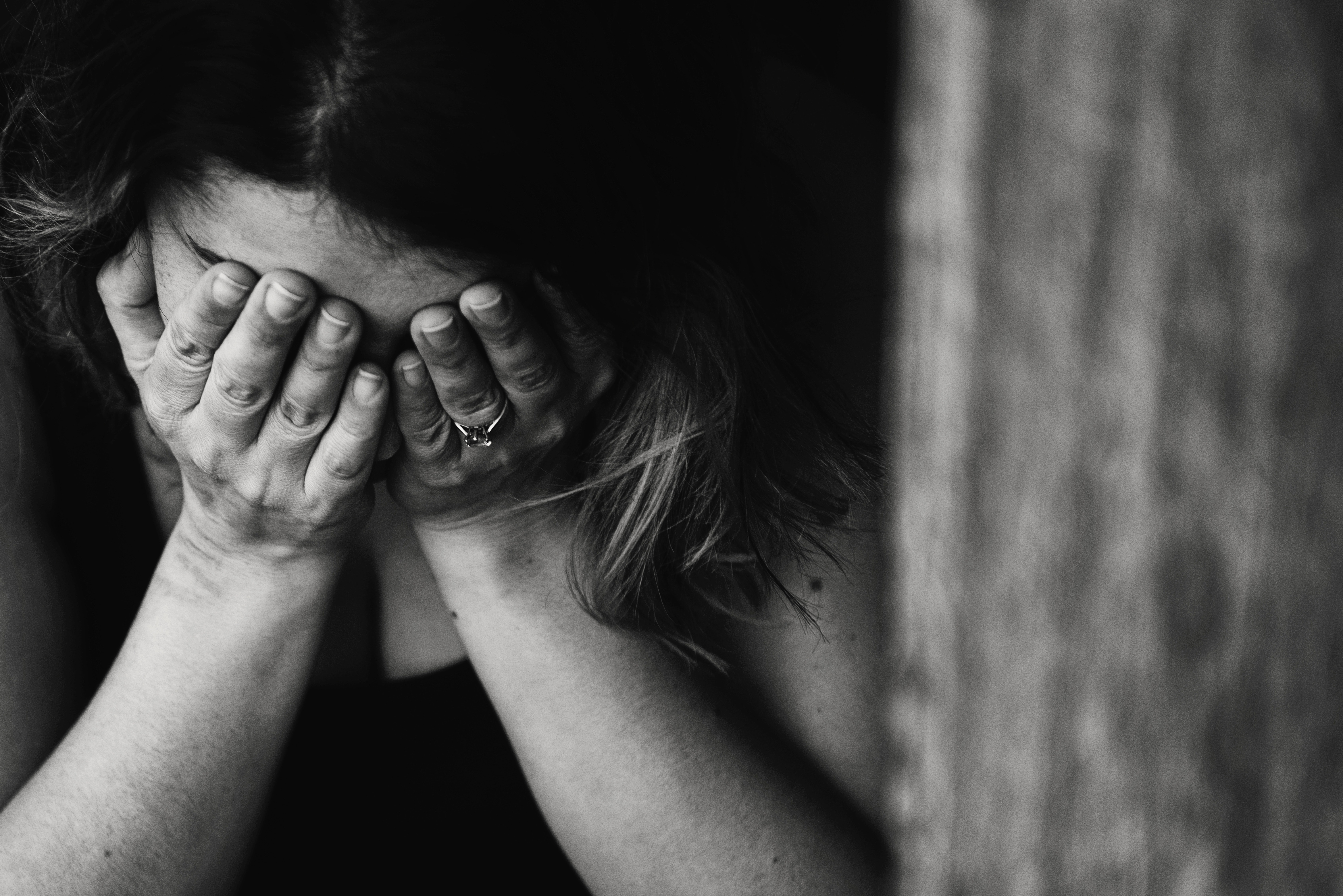By Steven McGinty
In June, the Scottish Government published its first annual progress report on their Human Trafficking and Exploitation Strategy.
Introduced in May 2017, the strategy was a requirement of the Human Trafficking and Exploitation (Scotland) Act 2015 and set out how Scotland would achieve its target of having zero human trafficking. This included:
- identifying victims and supporting them to safety and recovery;
- identifying perpetrators and disrupting their activity; and
- addressing the conditions, both local and global, that foster trafficking and exploitation.
In addition, protecting child victims of trafficking and exploitation was identified as central to the strategy and, as such, it introduced a new Independent Child Trafficking Guardian role to assist, support, and represent children.
Progress report – human trafficking in numbers
Within the first year of the strategy 207 people were identified as potential victims (a 38% increase on the previous year). This included people facing domestic servitude, labour exploitation, and sexual exploitation. Adult males experiencing labour exploitation saw the largest increase, with instances rising by 47% from 2016.
Data showed that victims were most likely to be Vietnamese (82) or Chinese (32), with the most common European nationality being Romanian (10) – a substantial increase from the 3 reported cases in 2016.
The report also highlighted that a new category of ‘child sexual exploitation’ had been introduced, and saw a rise in reported cases (from 12 to 52 since 2016). However, it’s unclear whether any of these were associated with human trafficking.
On release of the report, Justice Secretary Michael Matheson said that he views the increased trafficking referrals as a positive sign.
“This suggests that we are getting better at identifying and reporting victims of trafficking, and ensuring they receive the help and support they need.”
Unseen’s modern slavery helpline
Anti-slavery charity Unseen also published a report to coincide with the first anniversary of the Trafficking and Exploitation Strategy. It provides a breakdown of callers to their 24/7 helpline (The Modern Slavery Helpline and Resource Centre) from October 2016 to March 2018.
Andrew Wallis, chief executive of Unseen, highlights that:
“It’s not a problem taking place far away that we can’t do anything about, it’s under our noses and we can arm ourselves by learning to spot the signs of slavery and report it to the helpline.”
Since the centre opened, it’s received 172 calls and 34 webforms through their online service. In total, there have been 82 reported cases of human trafficking and exploitation, with a total of 297 potential victims. These calls have led to referrals to Police Scotland, local authorities and to other charitable organisations.
From the end of August to early October 2017, the Scottish Government ran a human trafficking awareness campaign on STV (it also highlighted the helpline). This led to Unseen receiving a spike in calls during September (38) and October (21), with a total of 123 potential victims identified. The charity argues that increasing the general awareness in society is key to tackling the crime, and that as awareness has grown, calls to their helpline have increased year by year.
Labour exploitation was found to be the most common form of exploitation (50 cases), whilst sexual exploitation was second (14 cases). Workplaces such as car washes (15 cases), nail bars (11 cases) and hospitality (6 cases) were found to be where exploitation occurred the most.
In addition, potential victims were mostly likely to be Romanian (10%) or Vietnamese (6.4%), whilst British nationals were the third most prevalent group (5.7%).
Public awareness of human trafficking
In May 2018, the Scottish Government published a survey into the public’s awareness of human trafficking and exploitation. It highlighted positive findings: 87% of Scots were willing to report suspicions of human trafficking to the police (an increase from 80% in the previous year). And the public claimed to have seen the government’s marketing on the issue, including on TV (15%) and online or on social media (10%).
However, there were mixed results when it came to the public’s knowledge of industries and activities where trafficking may occur. For instance, when asked to name industries affected by trafficking, fewer people mentioned the sex industry, manual labour, and drugs than in the previous year. Yet, there was a greater awareness of other areas such as farming, the beauty industry, tourism, and catering and hospitality.
Final thoughts
The increase in reported cases and recent high-profile prosecutions have been viewed by the Justice Secretary as a step in the right direction. However, there is still plenty of work to do, and it will be important that the Scottish Government continues to raise awareness of human trafficking and exploitation, as well as fund the support necessary for victims.
The Knowledge Exchange provides information services to local authorities, public agencies, research consultancies and commercial organisations across the UK. Follow us on Twitter to see what developments in policy and practice are interesting our research team.
Share
Related Posts
The Knowledge Exchange Information Service will close on Friday 23 December. Our service will reopen on Tuesday 3 January 2023. The first bulletin of 2023 will be published on 11 January, and the first Topic Updates of the New Year ....
It is well recognised that the UK faces a shortage in STEM (science, technology, engineering and maths) skills, and that at current projections, this gap in skills and knowledge is only going to grow in the coming years. Before the ....


